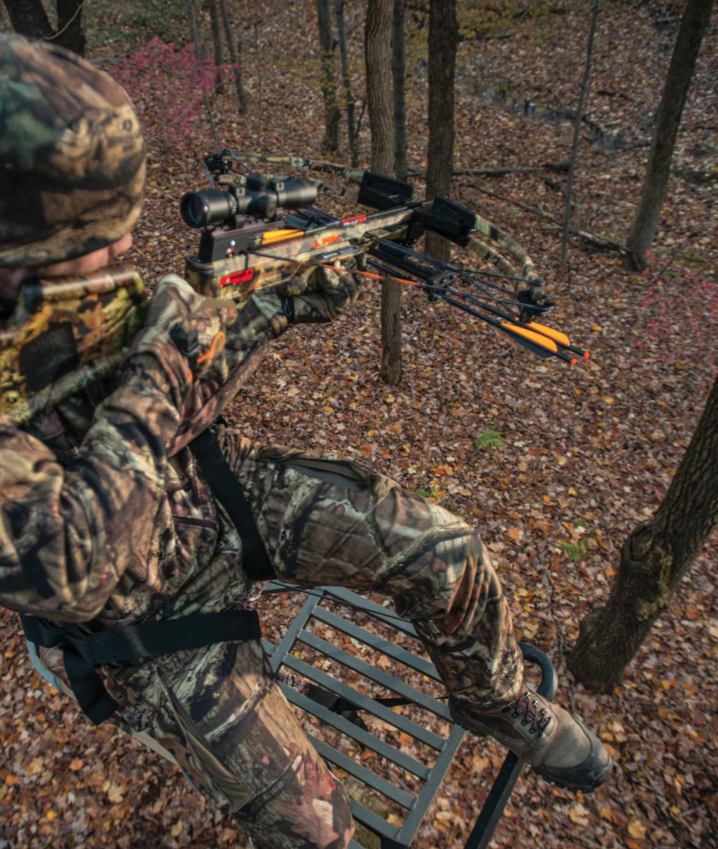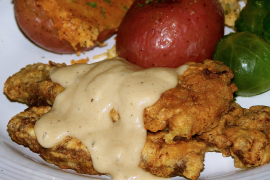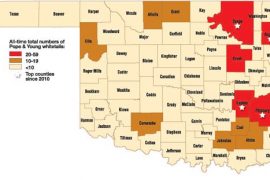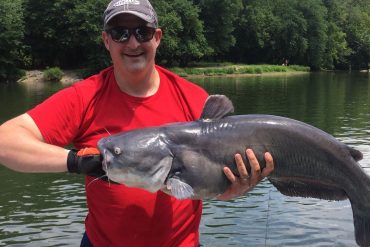Trees are invaluable for deer hunters, whether we’re hunting from them in stands or creating new mast areas or even trimming their limbs to create mock scrapes and licking branches.

Without trees, of course, we’d just have barren landscapes and what fun would that be? No treehouses as kids, no firewood for winter, no tire swings or shade in summer or cool images of limbs covered in snow in winter.
Specifically for deer hunting, we can plant trees for windbreaks near food plots, which helps deer in winter and hunters, too. We can select good, beneficial mast-producing trees to help deer and wildlife. That includes fruit trees, which are super for “fruit plots” and also give you the benefit of fresh fruit for the family. Trees are invaluable to us for so many reasons.
Sometimes we get kinda stupid with our tree friends, though. We decide to nip and tuck like some kind of forest plastic surgeon. We may plant something that sounds good in theory, but 10-20-30 years later we’re wondering why we thought it was a good idea at first. We might even get on a kick about the hottest mast tree for deer, only to find out later it’s an exotic species that harms our native plants. Perhaps we decided to get really wild and cut off the tops of trees, thinking we’re being smart.
Psstt … topping is a bad deal. Find out some facts and fiction from Tree Care Industry Association about how to get the best out of your tree friends.

Tree Topping Fiction vs. Facts
Definition: Tree Topping – the removal of main tree branches to stubs in either a straight-across hedge fashion or a complete delimbing of the tree, leaving only the main trunk or trunks of a tree.
Fiction: “Topping rejuvenates the tree.”
Fact: Tree topping usually removes so much of the tree’s crown that it can unbalance an older tree’s root-to-shoot ratio and temporarily cut…





